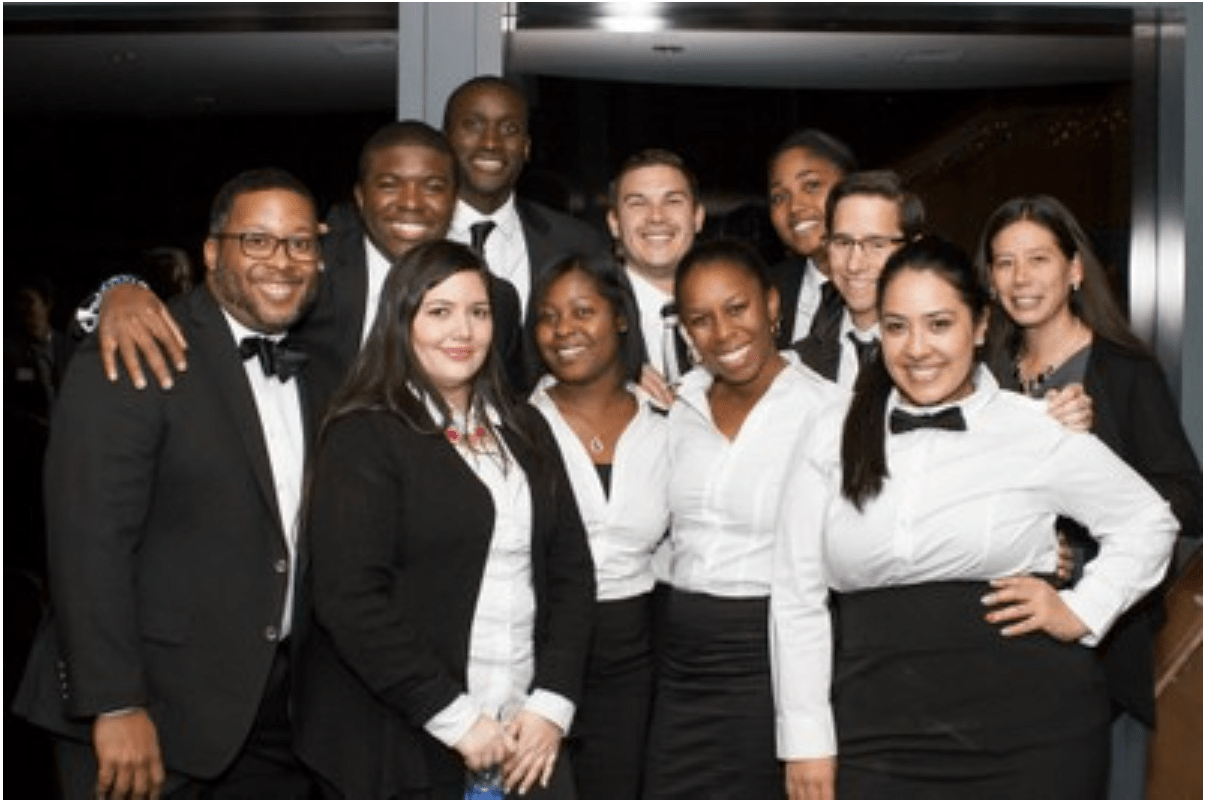MANAGEMENT & SUSTAINABILITY
Diversity, Equity, Inclusion and Justice
According to the Society for Human Resource Management (SHRM), the diversity, equity and inclusion (DEI) deals with the “qualities, experiences and work styles that make individuals unique (e.g., age, race, religion, disabilities, ethnicity) as well as how organizations can leverage those qualities in support of business objectives.”
Every sustainability issue is an issue of equity and justice. Sustainable Development Goals (SDGs) like gender equality and zero hunger are obvious equity issues, but even every environmental SDG such as climate action also is shaped by issues of social and economic disparities. Environmental impacts are not shared equally. Race, class, and gender play a huge role in who is affected and how.
Therefore, successful sustainability leading companies must also lead in diversity, equity, inclusion and justice.

Creating the Inclusive Workplace: Defining Terms and DEI Strategy
Leaders, managers and especially human resource professionals need to know the legal requirements that prohibit discrimination and protect individual rights to fair consideration for employment and fair treatment in the workplace. Equal Employment Opportunity (EEO), Title IX, Americans with Disability Act (ADA), Pregnancy Discrimination Act (PDA), and Immigration Reform and Control Act (IRCA) are just a few of the legal foundations for DEI work.
Building DEI on a firm foundation of compliance requires a full understanding of terms and of the comprehensive business case for diversity and inclusion that demonstrates that diversity can improve decision-making, creativity, innovation and actually improve financial performance.

Diversity
SHRM defines diversity as the “similarities and differences among individuals accounting for all aspects of their personality and individual identity.”
Diversity includes age, religion, disability, race, color, ethnicity, national origin, gender, gender identity, sexual orientation, veteran status, political affiliation, language, family structure, marital status, socio-economic status, geographical background, education or professional experience.

Equity
SHRM explains that equity is the “fair treatment in access, opportunity and advancement for all individuals.”
Equity work requires that companies identify and evaluate direct and indirect internal barriers to fair treatment. Such barriers may be psychological (requiring training), department (requiring changes at the team level), or organizational (requiring changes in processes and protocols).

Inclusion
According to SHRM “inclusion is what enables organizations to realize the business benefits” within a diverse workforce.
They quote inclusion consultant Vernā Myers who has said, “Diversity is being invited to the party. Inclusion is being asked to dance.”
Inclusion is a measure of how much each person–especially those from historically marginalized groups–feels supported, welcomed and encouraged in the workplace.

Justice
Some leading companies add justice to their DEI work in order to underscore the broader societal and cultural systems within which their work takes place.
The JEDI Collaborative which works with companies on DEI defines justice as “dismantling barriers to resources and opportunities in society so that all individuals and communities can live a full and dignified life.”
Justice work is focused externally on multi-stakeholder collaborations to change systems of inequality, such as in education, healthcare or employment.
DEIJ Planning
Having an interest in DEIJ and having a plan with specific goals are two different things.
On a foundation of compliance, a shared understanding of language based on definitions of terms, and a grasp of the business case for diversity equips an organization to develop a DEI or DEIJ plan or strategy.
Creating such a strategy is a significant and worthwile endeavor. Expert guidance, leadership support and broad organizational participation can be critical. Here we won’t get into all the important details but encourage you to look further recognizing that a DEI or DEIJ strategy is critical.
Brighter Strategies, a DEI consultancy, provides the following framework and guidance on DEI planning.

Advancing Belonging at Smeal
Smeal College of Business Diversity Statement
“We acknowledge the global business community as a powerful force for social justice, and we commit to provoking thought, conducting research, sparking dialogue, engaging with others, and preparing future leaders to advance this essential purpose.
Together, we will take action to nurture and promote a culture in which everyone feels safe, valued, respected, and empowered to bring themselves fully and authentically to our campuses and classrooms.”
Office of Diversity Enhancement Programs
The Penn State Smeal College of Business strives to build a community that welcomes, celebrates, and promotes diversity.
The Office of Diversity Enhancement Programs (DEP) leads the effort to provide an inclusive environment for the entire Smeal community. DEP runs the Diversity Committee and Diversity Taskforce which focus on curricular changes and broader changes to culture, policies and programs respectively.
Smeal Diversity Toolkit for Recruiting and Retention
A resource created by the Smeal Diversity Task Force for the purpose of assisting hiring managers in advancing the principles and objectives of diversity, equity, and inclusion.
The toolkit includes information and materials designed to “inspire and support efforts in hiring diverse talent and retaining them in an environment where they’re able to bring their authentic selves to our college and thrive.”



